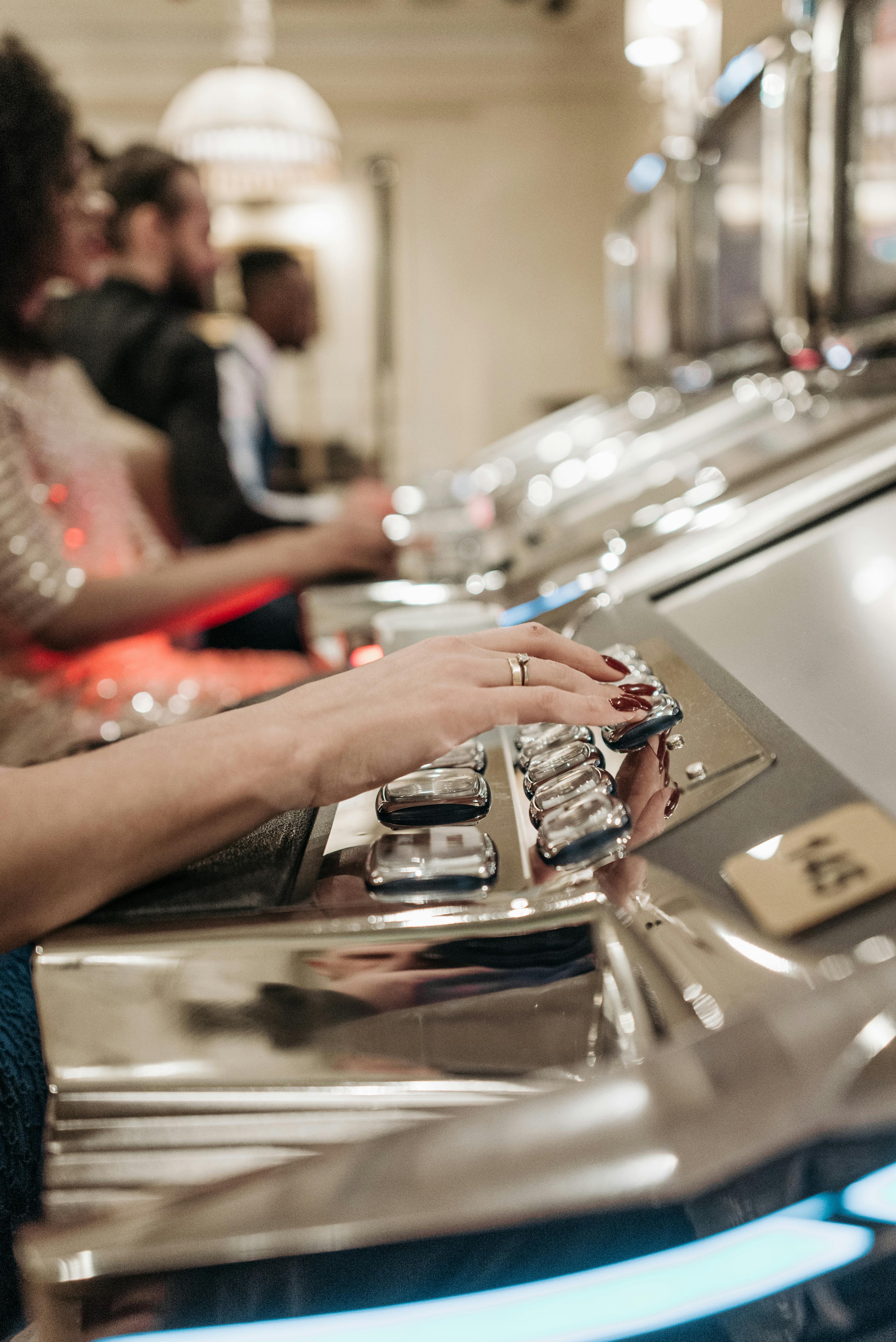The Impact of Design Elements on Player Psychology in Slot Machines

A game’s design is not simply a matter of looks, it’s a potent psychology. In slot games, every color, sound and movement has been deliberately designed to maximize the player’s experience. The effect is a smooth fusion of entertainment and interaction. By studying how these design elements operate, players can gain further appreciation for the consideration invested in the games they enjoy.
Eye-Catching Visuals
One of the most distinguishing qualities of Slot Games is their visual design. The use of vibrant colors, clean graphics and dynamic arrangements keeps games visually stimulating. This initial effect catches the user’s attention and can prompt users to keep exploring. Great visuals make the overall game experience more enjoyable. The visuals also aid in brand recall and can even be a deciding factor in visitor return. Such slight changes in lighting or contrast can also affect focus through visuals as well as immersion. These visuals can add excitement as well as a more enticing gameplay experience.
Color Combinations
Colors are also known to affect decision-making and mood. Designers in slot games, in particular, tend to use red and gold, or similar warmer colors, in a bid to get users excited and hopeful. Blues and greens, cooler colors, can induce calmness and also help in bringing focus. By exploring these mood-driven hooks, game developers can nudge user moods subtly, keeping users calm and engaged throughout the game. The careful use of colors also directs user focus around the screen. The proper use of combinations of colors serves to keep sessions visually consistent. Deliberate hue and saturation decisions also assist in player immersion.
Sound Effects and Music
Another influential psychological tool in slot games is sound. When used, upbeat tunes and rewarding sound bites can maximize winning or anticipation. Even the slight clicks of revolving wheels or the ring of a bonus feature can enhance a sense of reward. A perfectly crafted sonic environment can make the experience more real and rewarding. Excellent sound can also maximize time spent in the game by maintaining player attention better. Layered sound components can make game phase transitions more involving and dynamic. The proper soundtrack can subtly impact mood and player focus.
Symbol Design and Familiar Icons
Symbols in slots tend to take from familiar themes known by players. From fruit, through icons from the past, or even contemporary motifs, familiar imagery brings familiarity and lucidity. Familiar symbols facilitate quick comprehension of gameplay mechanics while the player feels more engaged in a personal sense. Symbol design also serves storytelling by eliciting nostalgic responses, leading players to become more attached and increasing emotional engagement in the game. The detail and finish of symbols also add value in terms of perceived game quality and distinctiveness. Symbol design not only affects clarity but also player emotional and cognitive responses.
Animation
Animations are not merely a matter of visuals, there’s a more substantial role. In slot games, slight animations such as spinning reels, flashing lights and win celebrations ensure continuous information. This motion economizes the screen and the player by preventing boredom while inviting the player to continue. Well-thought-out animations also assist players in comprehending game progression and maintaining focus during the crucial points. Easing transitions among animations can also assist the player in maintaining continuity and rhythm. Dynamic visuals make the experience lively while supporting good reinforcement systems for players.
Simplicity vs. Complexity
A well-organized layout assists the player in knowing how to engage with the game. Games with a good level of detail but in a simplified manner ensure intuitive control with a sense of richness. Well-organized layouts minimize brain strain and enable players to enjoy the game instead of getting bogged down trying to decide the next step. Simple interfaces also increase the confidence of new players in getting up to speed. Balanced design layouts also facilitate easy re-entry by returning players into in-progress sessions. A clear structure also supports more playing sessions by keeping cognitive friction low.
Reward Feedback
Visual feedback is also important in affirming good moments. Players are rewarded when they hit a win in slot games through flashing lights, animation and winning text. These responses emphasize the win’s emotional payoff and motivate the player further. Reward feedback not only engages but also generates anticipation and excitement for the next spin. It enhances player belief and reaffirms enjoyment through rewarding visuals. Regular feedback across outcomes contributes to the player’s sense of rhythm and mastery. Positive reinforcement loops are a strong contributor to player motivation and retention.
How Design Affects Perception of Luck
Players tend to see design elements as indications of game results. A near-miss animation, for instance, can lead players to feel as though a large win is impending. This can affect how players treat slot games, as well as their tenacity. Design decisions can influence the perception of risk vs. reward in quite effective but subtle manners. Designers utilize this effect in order to raise engagement levels while not changing underlying odds. Strong yet clear indications can also impact motivational pacing as well as emotion. Design illusions can change perceived experience volatility.



